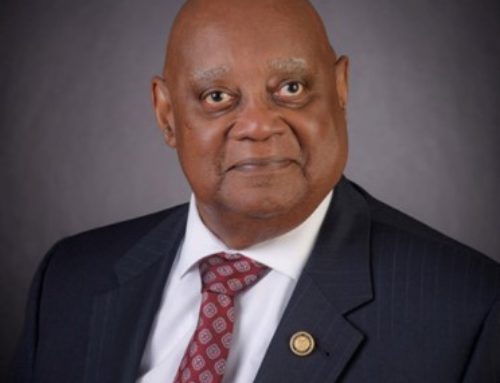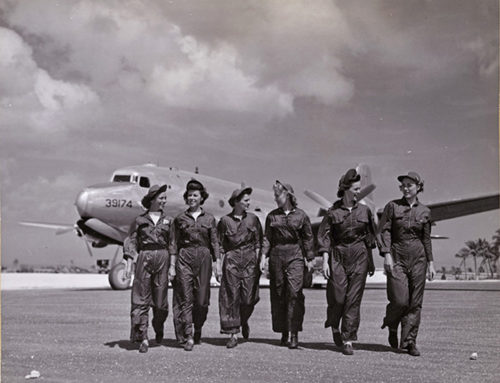Every man or woman who serves on a submarine is proud of his or her boat. Boat hats and patches are worn with pride to tell the world which boats they have served on. But for those outside of the Navy, have you ever wondered how a ship gets their name? There isn’t a random lottery or a vote that takes place. In fact, there is a unique set of rules and guidelines that throughout the evolution of the submarine force has dictated how submarines are named.

US Submarine K-5 in 1919. For a period of time submarine were only identified by a group of numbers and letters.
On March 3, 1819, Congress formally placed the responsibility of naming US ships in the hands of the Secretary of the Navy, a practice which still exists today. The act designated that “those of the first class shall be called after the States of this Union; those of the second class after the rivers; and those of the third class after the principal cities and towns; taking care that no two vessels of the navy shall bear the same name.” The last of these provisions remains in the code today. When Submarines entered in the force in 1900, the first was given the name Holland in honor of the submarine designer and builder John Holland. While the naming of subs did not have any fixed rules, they were generally given names of fish and land creatures that stung. They were given names such as Salmon, Porpoise, and Viper. By 1911, with the advancement and building of subs at a growing rate, submarines were renamed and carried alpha-numeric names such as A-1 and L-7. This numeric naming code stayed in place until 1931, when once again the boats were named after fish. This time any existing ships were not renamed. The naming of submarines after fish was followed until 1947, when the Secretary of the Navy decided that the boats should be named after WWII boats. Most WWII boats were already named after fish, leaving the naming practice fairly intact with a few exceptions over the years. In 1958, Captain William F. Calkins USNR had reports published describing the difficulties in choosing the names for new ships. They could not use names that were already in use, and of course the names also had to be appropriate. He said that “Spelling and pronunciation both had to be reasonably simple. The average enlisted man (and his girlfriend) must be able to say the name comfortably. If his best girl couldn’t spell it, he might not get her letters.” The use of fish names proved problematic for the Navy since the Ichthyologists (Fish Scientists) used Latin names. Since the fleet was growing so fast, easy, popular fish names would go quickly, leaving the Navy secretary to have to become creative with names. Many times, a name easier to pronounce was assigned to fish for the Navy to use it for a submarine. The Smithsonian would many times send information and pictures of the fish a boat was named for, which would be hung onboard with sailors taking pride in knowing their ships namesake.

A memo from 1960 discussing the naming of new nuclear subs using names from WWII submarine names stricken from the naval register
The naming of Submarines took a full departure from using fish names in the 1960’s with the introduction of the ballistic missile submarine. These submarines were considered such a turning point that they deemed a name source more appropriate for their status. As we discussed in last week’s blog, the first 41 of these submarines were named for famous Americans and others who had contributed greatly to the growth of democracy. After the SALT agreements, some of these submarines were reclassified and lost their missile capabilities. However, they maintained their famous names. Today, the Ohio class of SSBN’s bear state names, which was originally considered a name source for the first Polaris submarines. In the 1970’s, attack submarines were still continuing the tradition of being named for sea creatures, with a few exceptions such as the Richard B. Russell and L. Mendel Rivers. Many of the nuclear submarines were given names of older non-nuclear submarines. The patches for these new boats usually referenced their non-nuclear ancestor. For an example see the photo of the patch for the USS Flasher. Both its original number 249 is depicted along with its nuclear counterpart 613. The nuclear symbol on the patch denotes that the patch is for the newer boat. Over time the tradition of fish names has evolved to attack submarines being named for American cities. The exception to this was the Hyman G. Rickover, which was named after the “Father of the Nuclear Navy.”
Today, the naming of submarines remains fairly similar to how it was in the 1960’s and 70’s. The Navy Secretary is still in charge of ship naming and usually reviews a list compiled from the Navy History and Heritage Command. The list is usually based on Naval History and suggestions from enlisted personnel, veterans, and the public. One example of public influence was when school children from New Hampshire wrote letters for a submarine to be named after their state. The Los Angeles Attack subs were named after American cities with the new Virginia class choosing state names. While no document sets specific guidelines on the timing for assigning a name, it is usually done before the ship is christened. Until the christening ceremony, she is referred to as PCU (pre-commissioned unit) along with what will be her name. Once she is christened, she becomes an official USS ship. Many times, the ship’s sponsor will be from the state or city that the submarine is being named for. If the ship is named for an individual, an effort is made to have the eldest living female relative to be the ship’s sponsor. There are always deviations from the current formula of naming ships. If an important person passes, they could have a ship named after them. Over the last two decades, some living individuals have had boats named for them, an example being the USS Jimmy Carter. Even though it may be hard to know what a submarine will be named, there is a great amount of thought put into each name and every sailor takes great pride in knowing and learning about their boat’s namesake.






